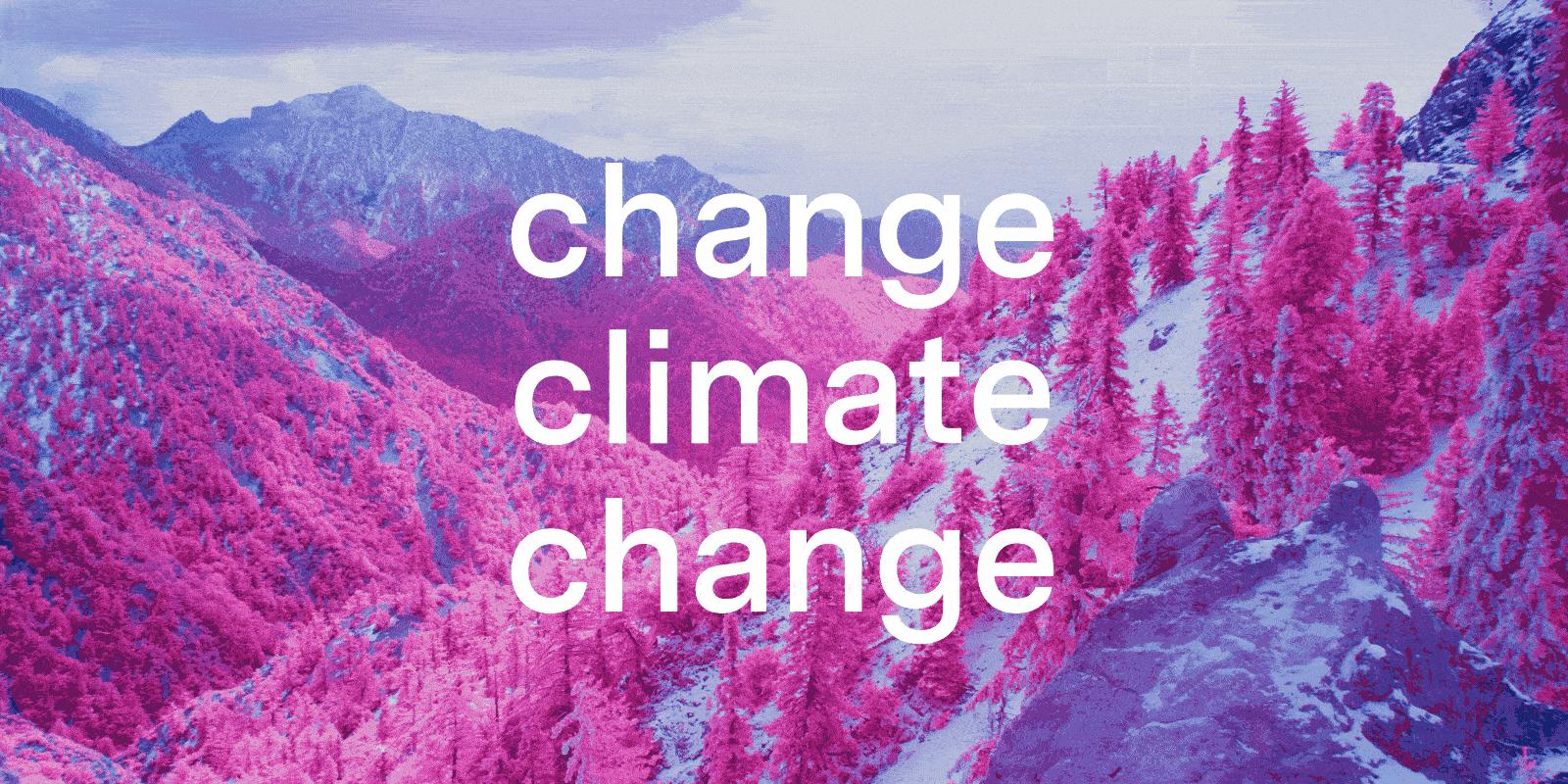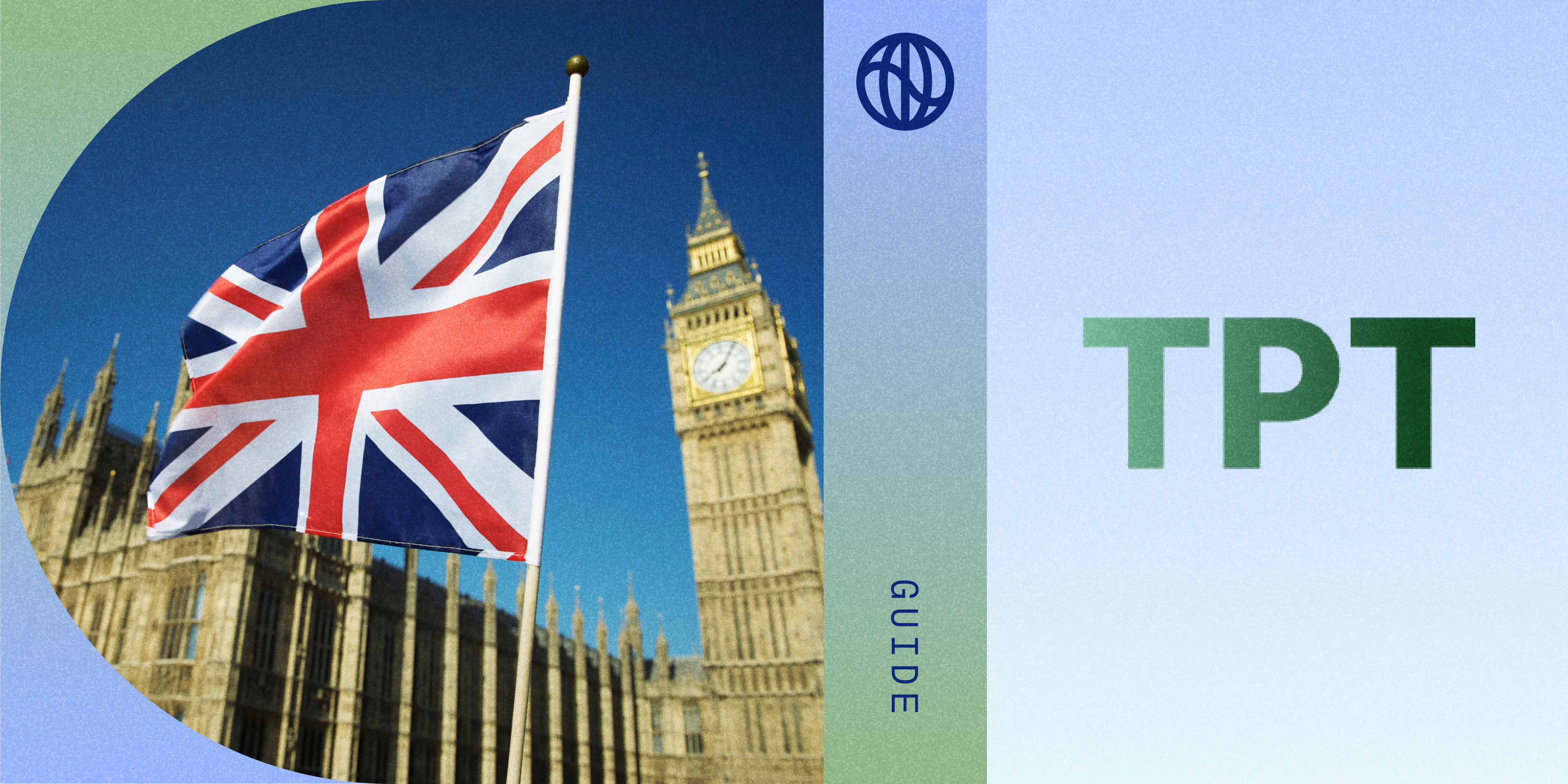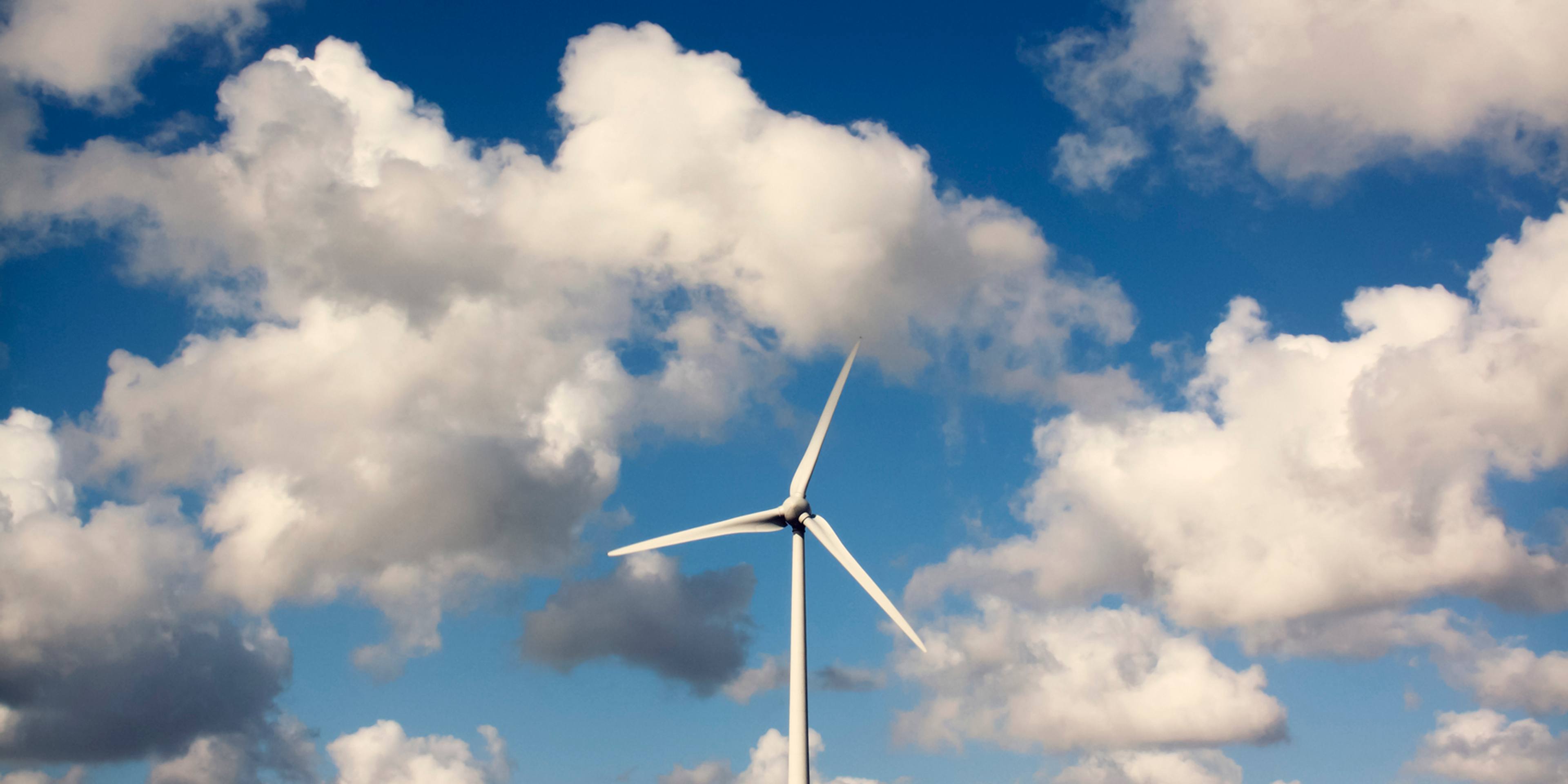Climate change is the defining crisis of our time—and it has the potential to create unprecedented economic opportunity. In the emerging climate economy, every company must factor climate into its business decisions—not only to avoid risk and ensure regulatory compliance, but also to create new value and capture new markets.
Changing climate change is about shifting our energy from empty debates to concrete actions, from ambiguous fears to data-driven execution, from deferring the problem to seizing the opportunity.
At Watershed, we see evidence of this transformation every day in the work our customers are doing to decarbonize. Global retailers are measuring carbon emissions at every stage of a complex supply chain so they can deliver better products to customers. Major financial institutions are analyzing carbon emissions for each company in their portfolio to scale reductions across the economy. Manufacturers are sourcing more sustainable materials, restaurants are switching to more responsible ingredients, and logistics companies are reducing fleet emissions. Countless others are switching to clean power and streamlining supply chain operations, resulting in immediate cost savings. Together, they are creating the climate economy.
Today, we’re launching a new global campaign that brings to life our vision for this transformation.

In this style of photography, the rose colors are camera-generated visualizations of infrared light, which transform shades of green in the landscapes into pinks and reds. The stronger and healthier the natural greenery is, the rosier the image.
For this campaign, we chose photographs by Brooklyn-based artist Ry Berg. “These images are an attempt to capture the familiar through an unfamiliar lens,” Berg says, “and transform everyday scenes into an extraordinary experience for the viewer.”
Meghan Newell, Watershed’s creative lead, suggested infrared photography for being “both visually stunning and true to our vision of a changed environment, as well as connecting to the world of climate science.”
Certain kinds of infrared photography can be used to detect methane, a potent greenhouse gas. So, in a larger sense, infrared light is a key to the invisible forces that control the climate of our planet—carbon dioxide’s absorption of certain infrared wavelengths is what keeps our planet warm enough to live on, but it’s also what is endangering our future. It all depends on how you see it.






